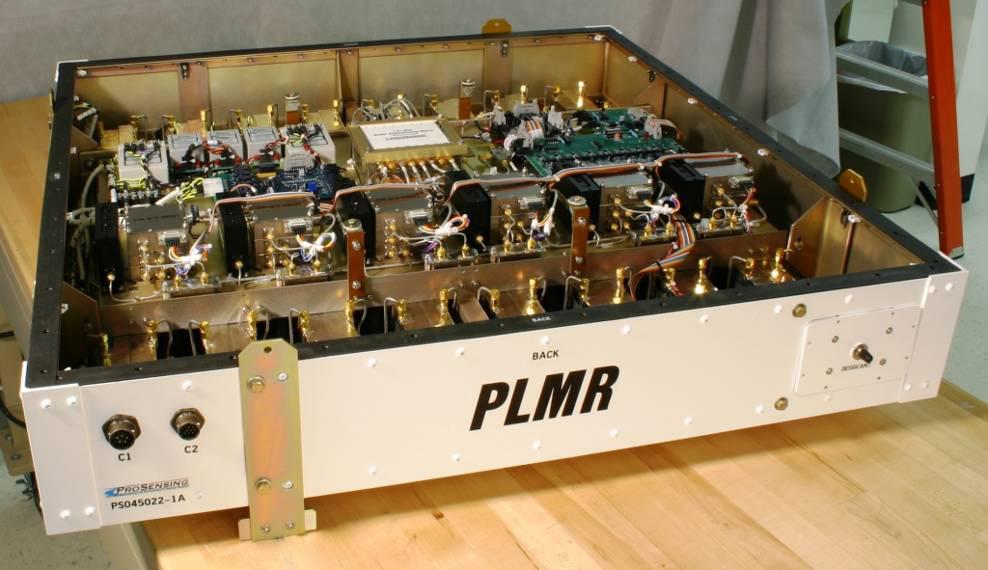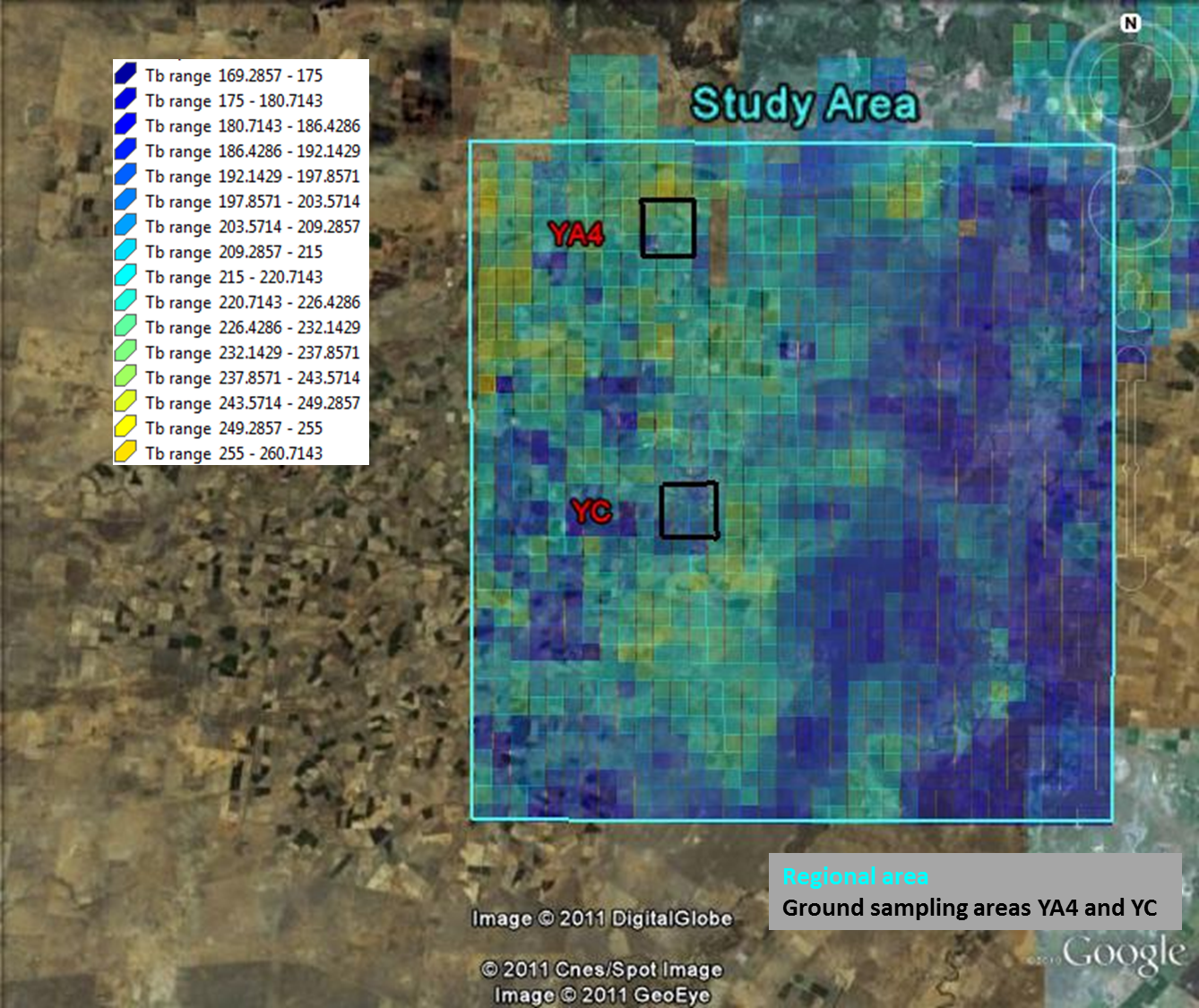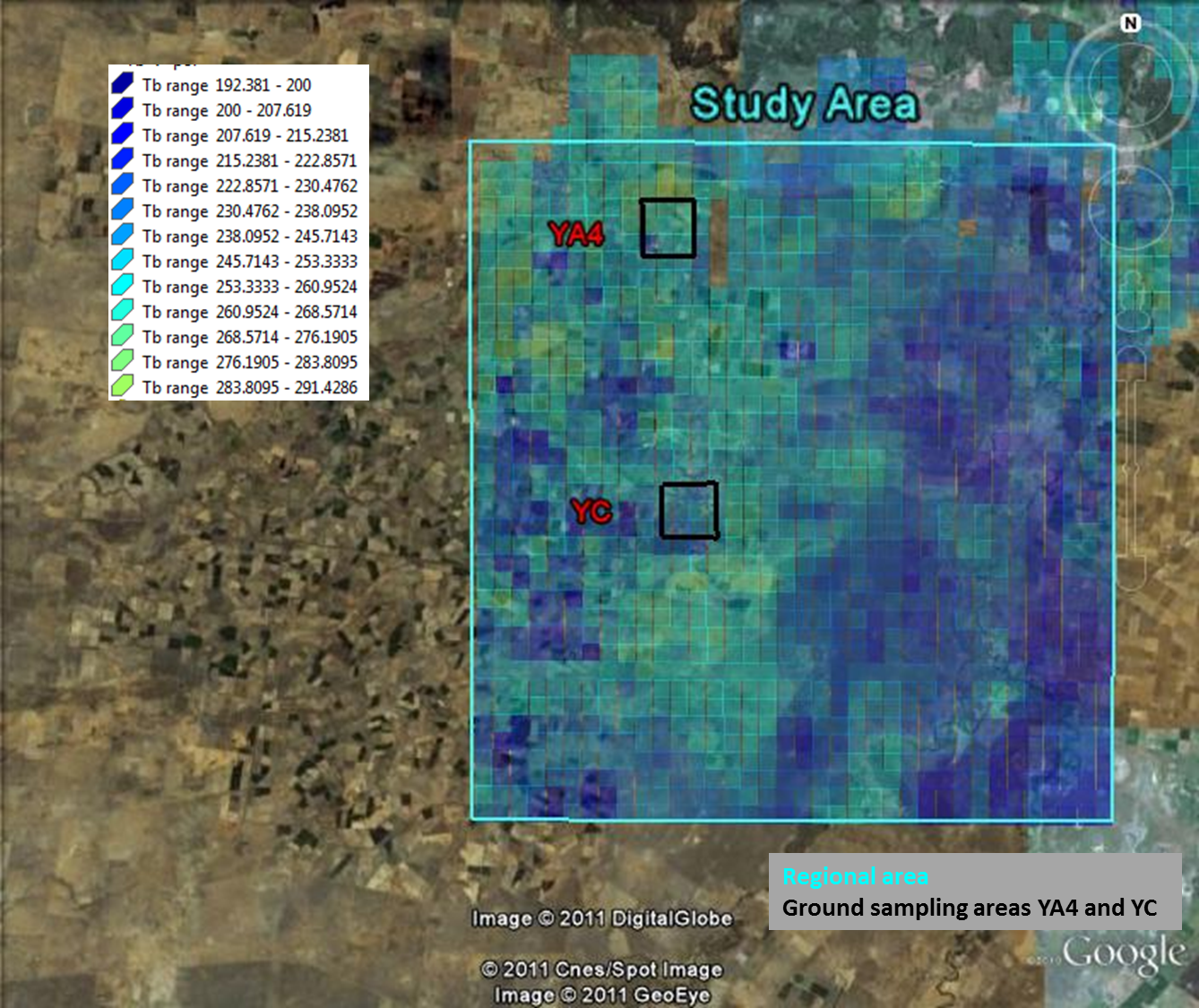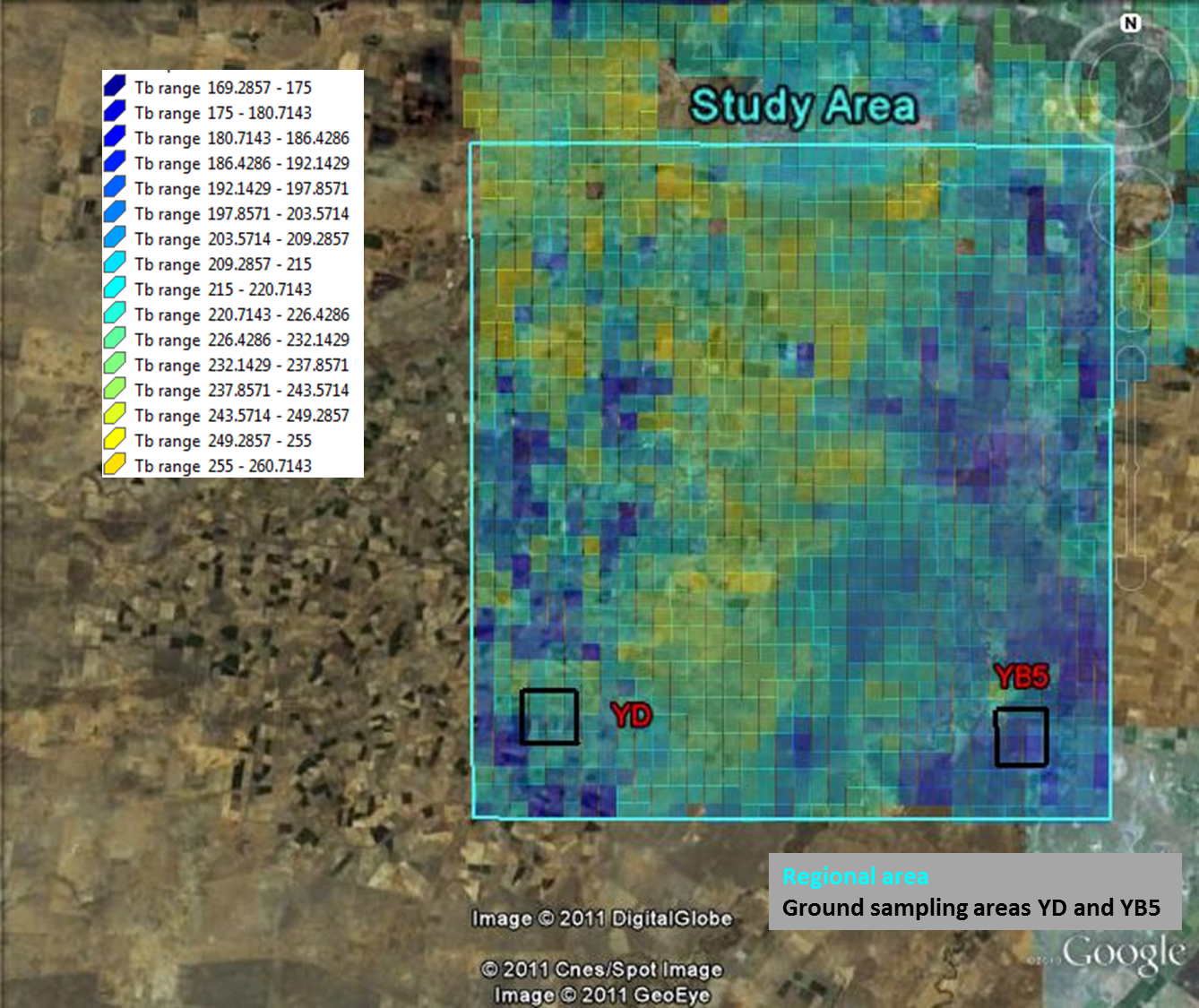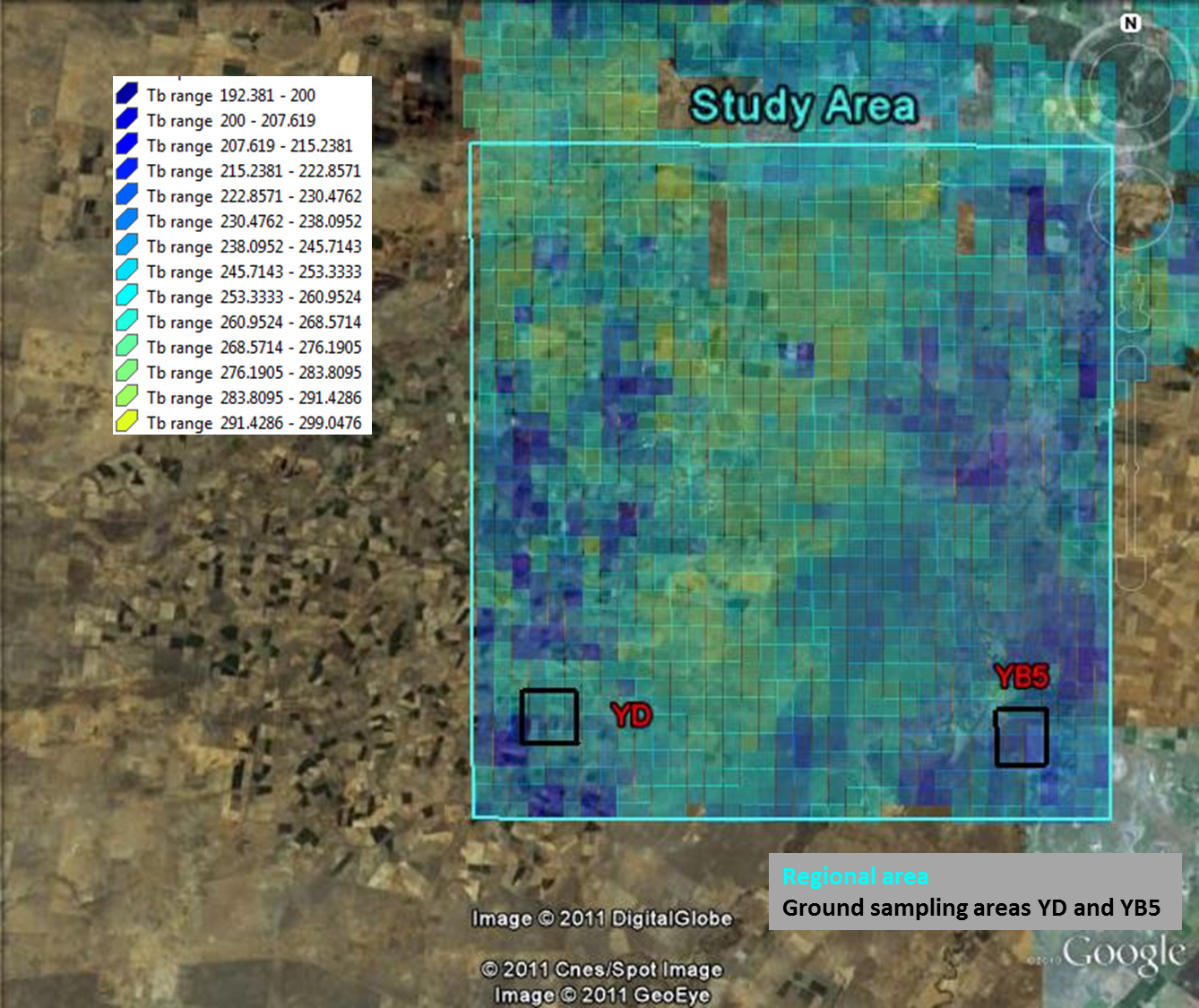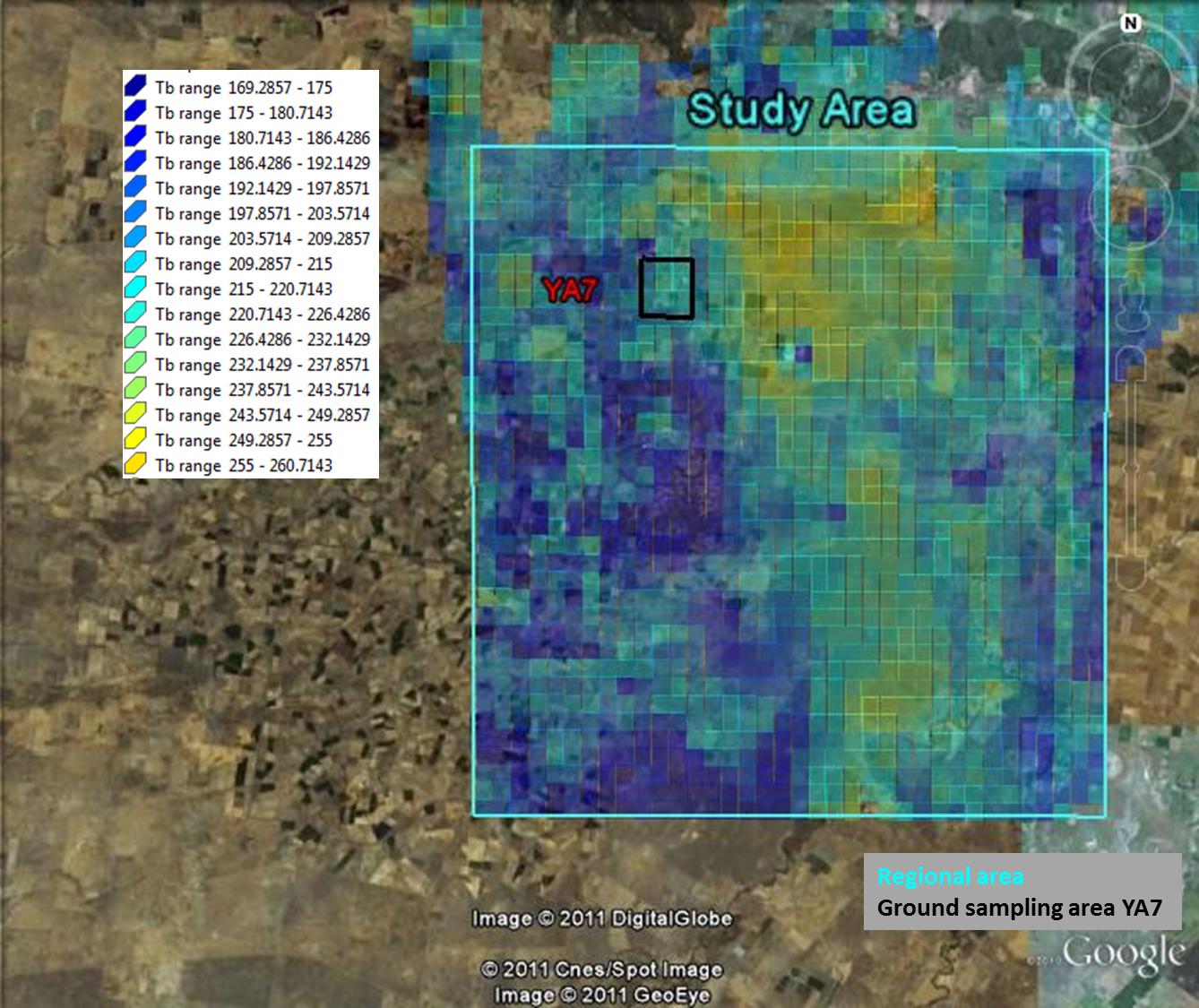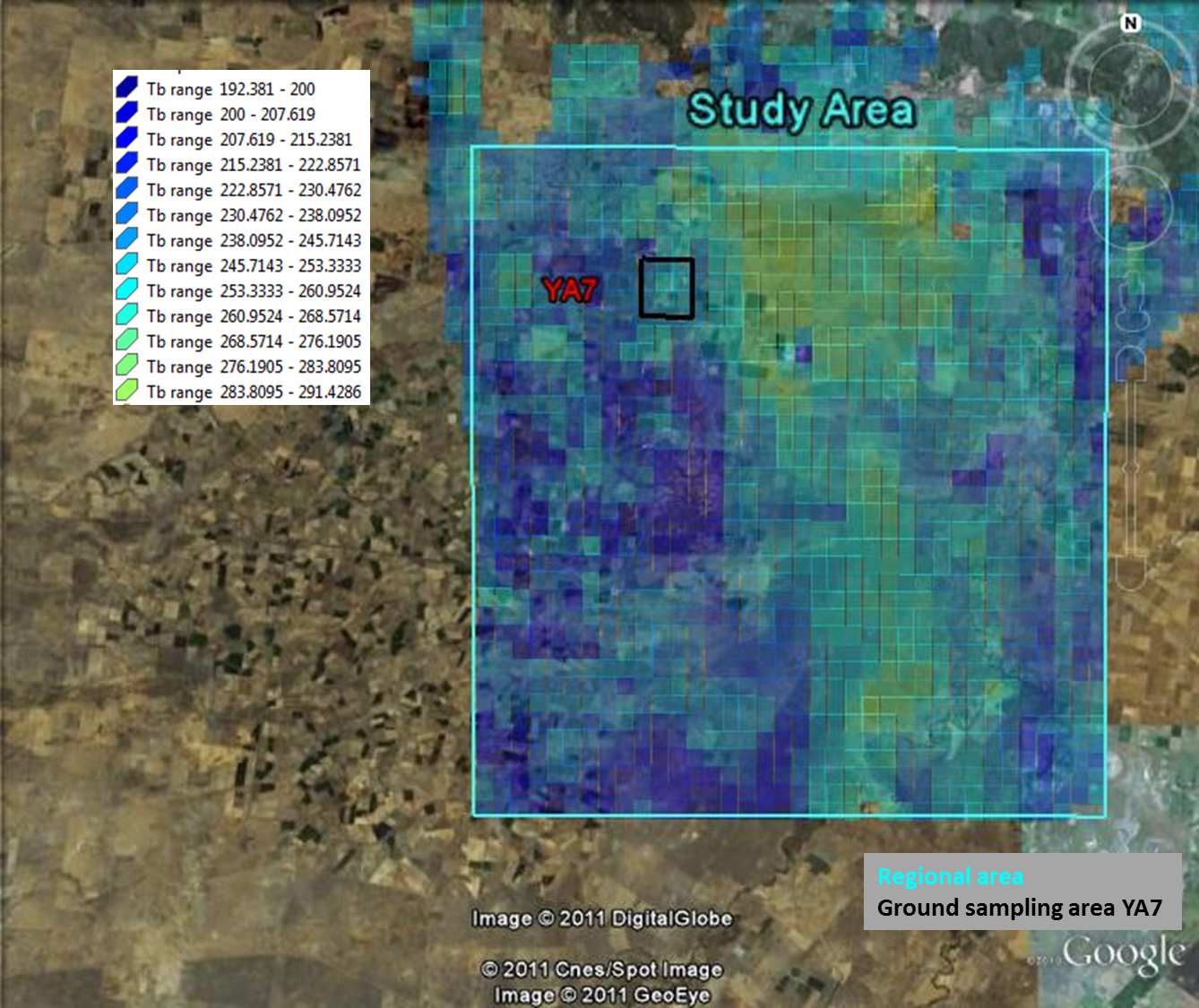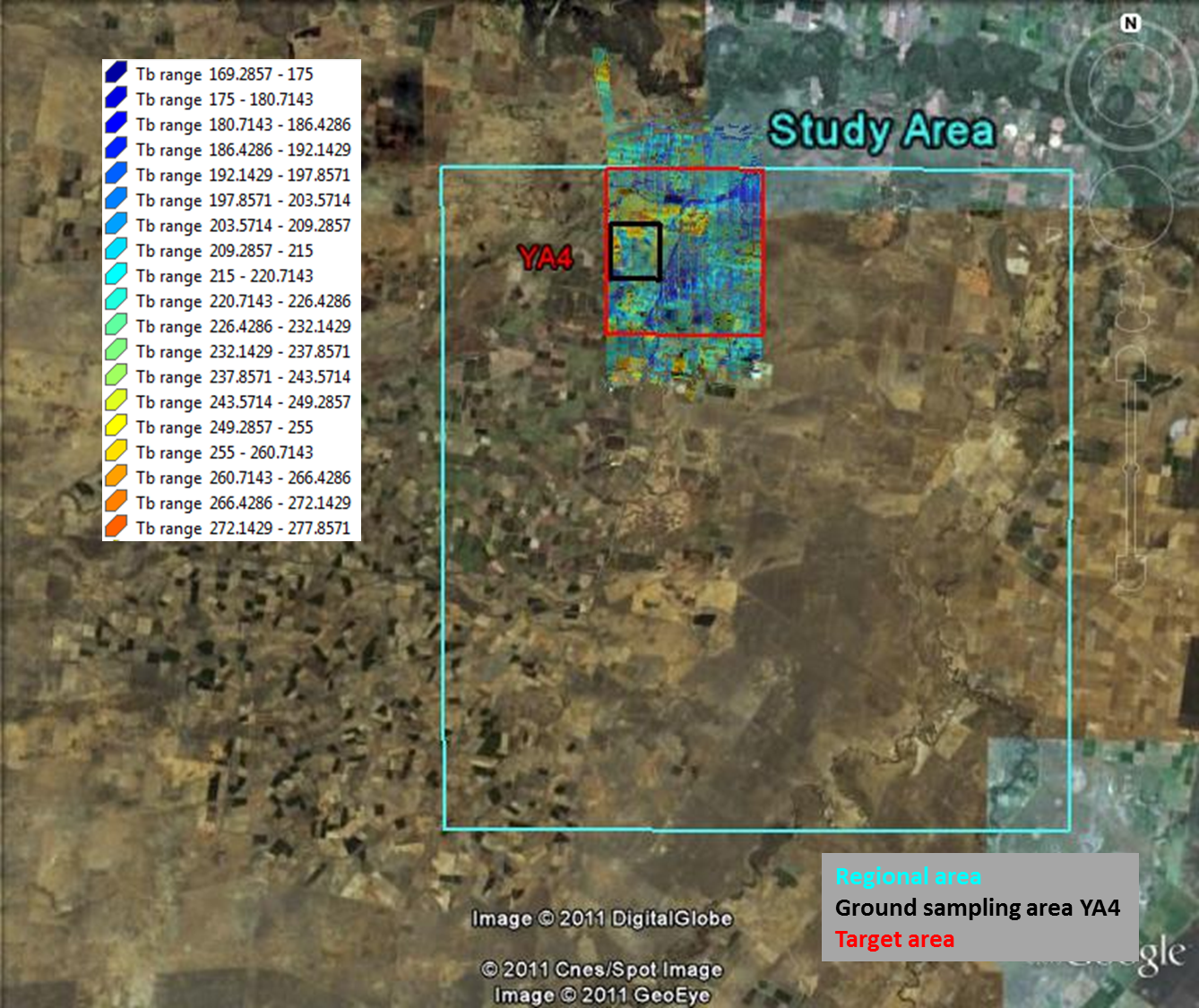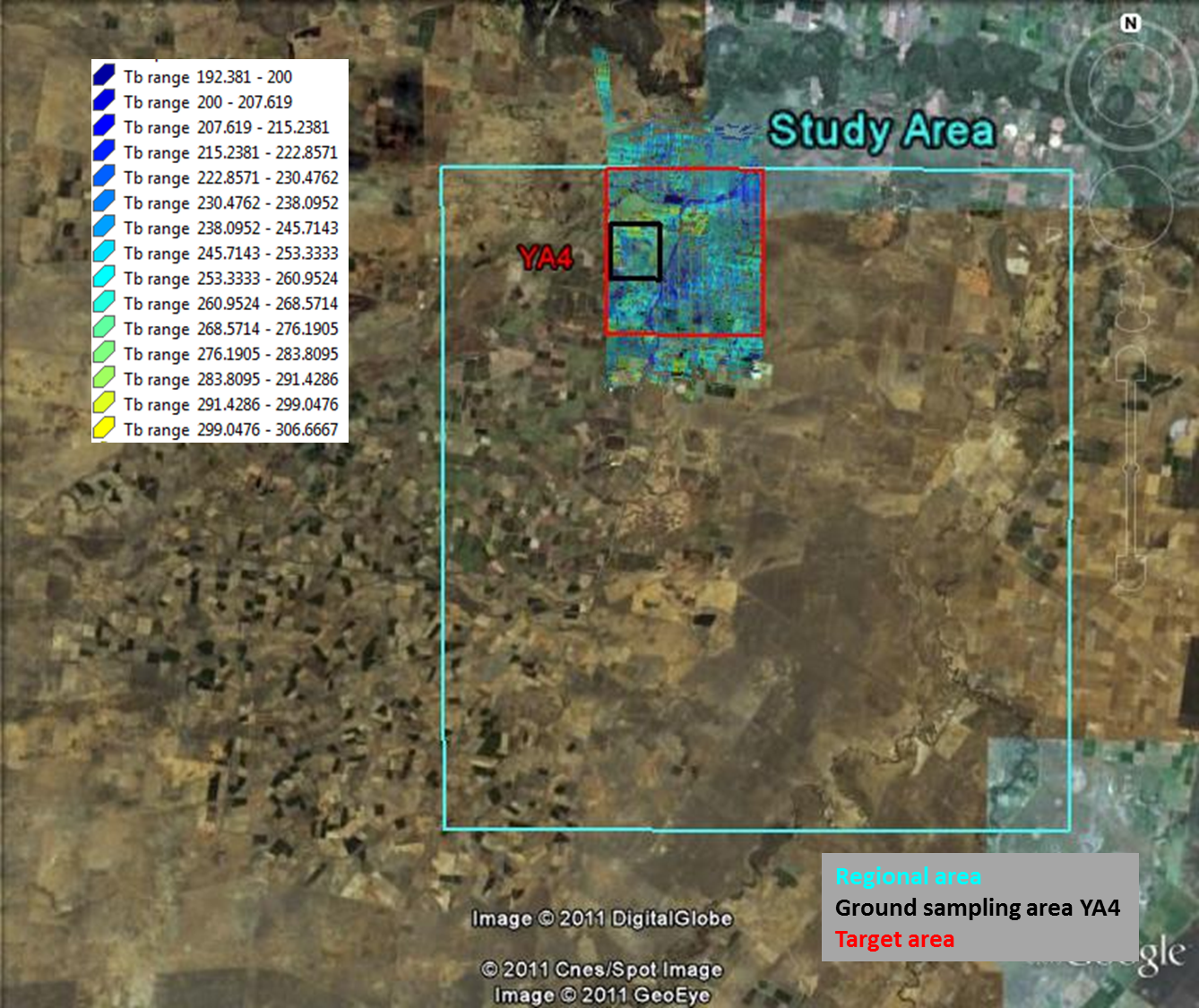Polarimetric L-band Multibeam Radiometer (PLMR)
Polarimetric L-band Multibeam Radiometer (PLMR)The Polarimetric L-band Multibeam Radiometer (PLMR) measures both V and H polarisations using a single receiver with polarisation switch at incidence angles ±7°, ±21.5° and ±38.5° in either across-track (pushbroom) or along-track configuration. In the normal pushbroom configuration the 3dB beamwidth is 17° along-track and 14° across-track resulting in an overall 90° across track field of view. The instrument has a frequency of 1.413GHz and band width of 24MHz, with specified NEDT and an accuracy better than 1K for an integration time of 0.5s, and 1K repeatability over 4 hours.
Sensor Polarimetric L-band Multibeam Radiometer Center frequency (GHz) 1.413 (L-band; 21cm) Band width (MHz) 24 Polarisation H & V (polarimetric mode optional) Integration time (s) 0.5 Incidence angle (°) ±7, ±21.5, ±38.5 Beam width 3dB beamwidth is 17° along track and 14° across track resulting in an overall 90° across track field of view. Radiometric resolution (K) <1 Weight (kg) 46 Dimension (cm) 91.5 × 91.5 × 17.25
PLMR observationsDuring SMAPEx-2 brightness temperature data were collected at 1km resolution during 3 regional flights and at 100m resolution during 1 target flight on the YA area (Note: YB was not flown due to the extended floodings in the area). Specific flights were also conducted on December 5 for mapping of flooded areas and on December 7 for comparison with PALSAR (1km resolution), multi-angle (1km resolution) and multi-azimuth analysis (500m resolution). H-polarized and V-polarized brightness temperature observations for regional and target flights are shown as example below. PLMR data have been calibrated for each flight using pre and post flight sky and black body calibration data. All brightness temperature data (in .dat format) can be downloaded via the Download Centre.
